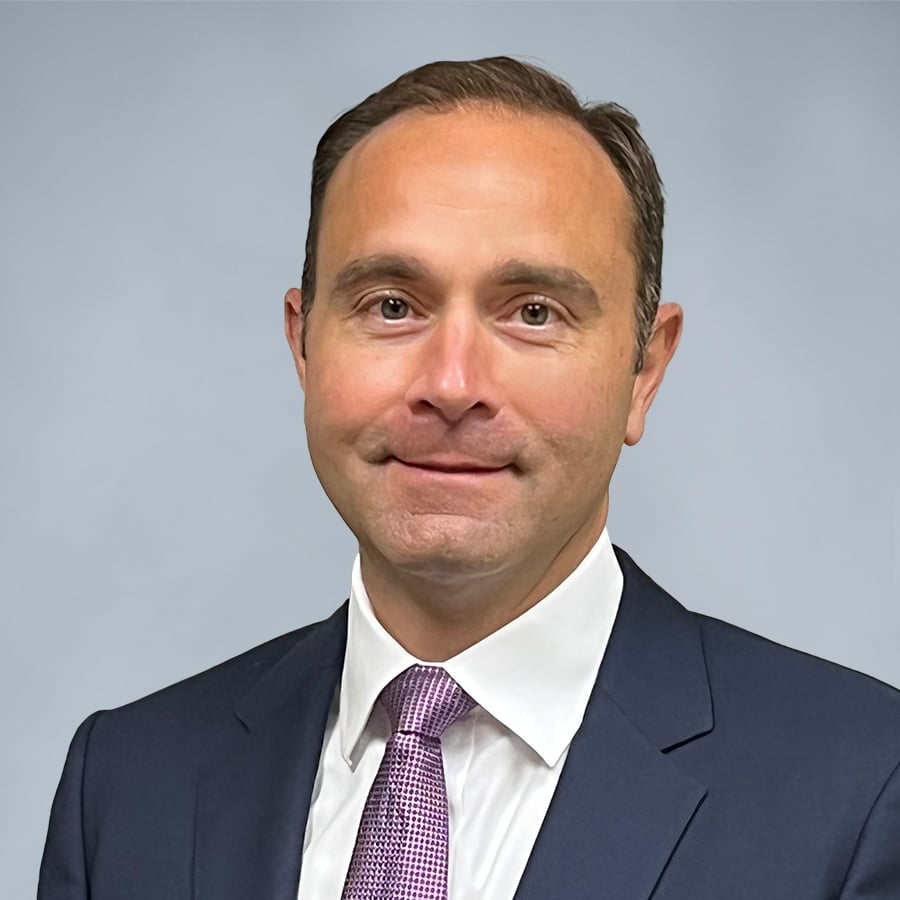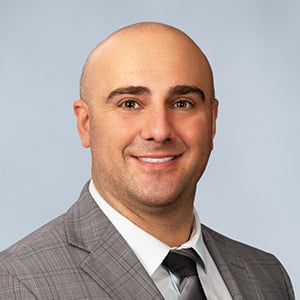Scleral buckling surgery is a common way to treat a retinal detachment. Our retina experts at OCLI are highly trained and experienced in successfully treating retinal detachments, with scleral buckling and a variety of other surgical interventions.
A retinal detachment occurs when the thin retinal tissue on the back interior of the eye begins to lift and pull away from the wall of the eye. This is a medical emergency that requires attention immediately to ensure little to no vision loss.
How does it work?
Scleral buckling is a method of closing retinal tears and flattening the retina against the wall of the eye. A scleral buckle is a thin piece of silicone, rubber, or semi hard plastic that is placed on the outside of your eye, on the white part of your eye (sclera). The scleral buckle is sewn into place, and is usually left there permanently.
When in position, the scleral buckle pushes in, or “buckles,” the sclera toward the middle of the eye. This pushing effect relieves the pull on the retina, allowing the retina to settle against the wall of the eye.
Since a scleral buckle cannot keep a retinal break from opening again, a method called cryopexy or laser therapy is usually used in addition to “weld” the retina in place.
What to expect
After the surgery, your eye will feel painful for a few days. You may experience swelling, redness, and tenderness for several weeks. You will be given drops to prevent infection, reduce inflammation and to keep your pupil dilated. You may also need to wear an eye patch or shield for a few days after the procedure, to protect it from injury.
Our retinal specialists at Ophthalmic Consultant of Long Island are highly trained and experienced in the treatment of retinal detachments. If you need an appointment, or believe you are experiencing a retinal detachment, contact our staff at OCLI right away!


























